Politics and Government
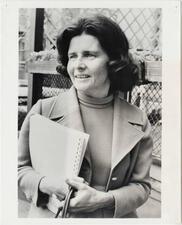
Joanne Alter
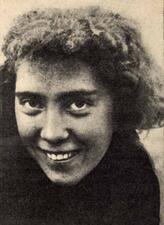
Tosia Altman
Tosia Altman played important roles in the Jewish resistance to the Nazis. Her pale skin and blonde hair allowed her to blend in and serve as a spy, and she was integral to the 1943 Warsaw Ghetto Uprising.
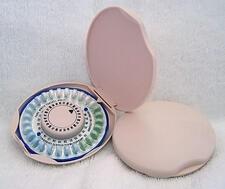
American Birth Control Movement
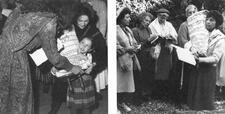
American Jewish Congress
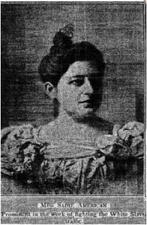
Sadie American
Forceful, dedicated, and brash, Sadie American shaped the National Council of Jewish Women for more than twenty years before resigning and severing all ties with the organization. As one of the Council’s founders, American organized local sections and represented the group nationally and internationally, generally building up the organization.
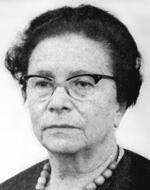
Anda Pinkerfeld Amir
Anda Pinkerfeld-Amir was a Zionist poet, and author whose works reflected the tension between Judaism and feminism in the early twentieth century. In her youth, she was a member of Ha-Shomer ha-Za'ir in Poland, and in 1920 she immigrated to Palestine to write Hebrew verse. She is best remembered as a children’s writer who tackled complex topics with humor and compassion.
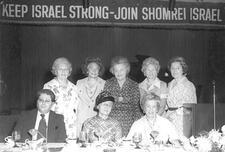
AMIT
Birdie Amsterdam
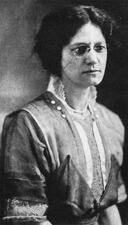
Mary Antin
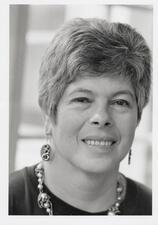
Joyce Antler
Jenny Apolant
An ardent suffragist, Jenny Apolant served as a board member of the General Association of German Women from 1910 to 1925. In Frankfurt, she was one of the first women municipal councilors from 1919 to 1924, founded the Political Workers Association in 1922, and strove to improve the condition of women through profound social change.
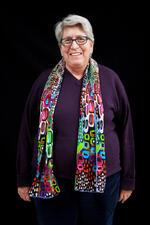
Bettina Aptheker
Bettina Aptheker is an American feminist, writer, educator, and political activist. She advocated for racial justice, studied and taught African American women’s history, and founded the Feminist Studies department at the University of California at Santa Cruz.
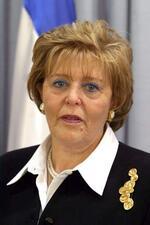
Edna Arbel

Shoshana Arbeli-Almozlino
From her upbringing in a traditional Iraqi family to her work in the Knesset and as Israeli Minister of Health, Shoshana Arbeli-Almozlino’s life spanned countries, careers, and experiences. She will be remembered as an active member of Knesset who fought for the rights of the working class and for the equal status of women in Israeli law.

Architects in Palestine: 1920-1948
The mass immigration from Europe after 1933 brought many architects to Palestine, amongst whom were a number of women. For these women, being an architect meant total devotion to the profession.
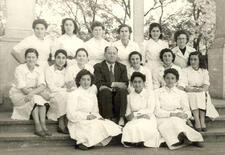
Argentina: Jewish Education
Over the course of the twentieth century, Jewish educational opportunities expanded for girls and teaching as an occupation became a possibility for Jewish women in Argentina. The 1920s saw the first female teachers in Jewish schools, and by the end of the 1950s, seventy percent of teachers were locally-trained women.
Argentina: Jewish White Slavery
Between 1875 and 1936, Buenos Aires was a major prostitution hub. Immigrant Jewish women were desperate enough to seek work in legally sanctioned brothels run by Jewish pimps. Although Jewish women compromised just a third of legal prostitutes in Buenos Aires in 1910, they were disproportionately visible in Argentina’s Catholic society.
Argentina: Philanthropic Organizations

Argentina: Sephardic Women
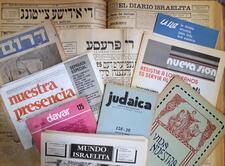
Argentina: Zionist Activities
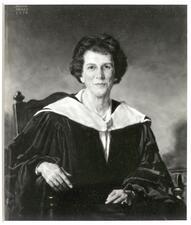
Margaret Gene Arnstein
Margaret Gene Arnstein was a principal architect of the American nursing profession. Her belief that nurses should be involved in health policy and research helped transform her profession. Renowned for her work in public health, Arnstein also advanced nursing education and research.
Jeannette Arons

Art in the United States
Artists: Russia and the Soviet Union
Jewish women participated in the artistic life of the Russian Empire and the Soviet Union for over a hundred years. Jewish women artists worked in all styles, from the routine academic to the extreme avant-garde. There were also well-known art patrons, gallery owners, art historians, and art critics.



